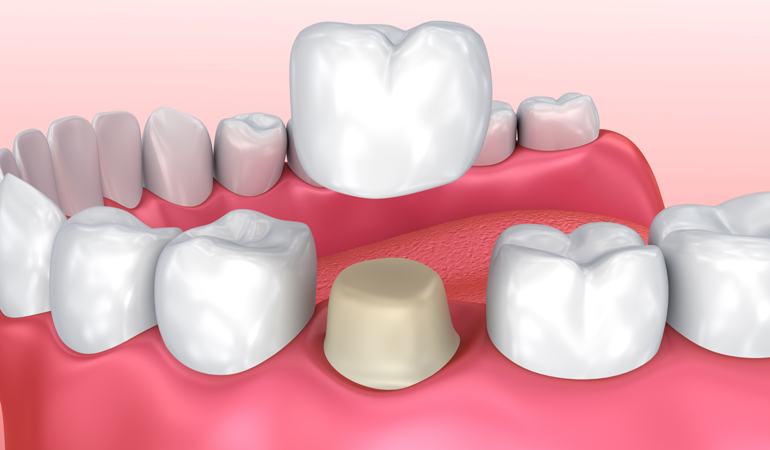- Call Us for help!
- +(91) 9860832872
- Mail Us
- drpallavigosavi@gmail.com
- Home
- Our Services
Dental Filling (Restoration)

Dental Filling (Restoration)
A dental filling, also known as a restoration, is a dental procedure used to repair a damaged or decayed tooth. The process involves removing the damaged or decayed part of the tooth and filling the space with a dental material to restore its normal function and shape.
The procedure is usually performed by a dentist in a dental office and typically involves the following steps:
- Anesthesia: The dentist will first numb the area around the tooth with a local anesthetic to ensure that the patient is comfortable during the procedure.
- Removal of decay: The dentist will then use a dental drill, laser, or air abrasion instrument to remove the decayed part of the tooth.
- Preparation of the tooth: After the decay is removed, the dentist will prepare the tooth for the filling by cleaning the area and shaping it to receive the filling material.
- Filling placement: The filling material, which is usually made of composite resin, amalgam, porcelain, or gold, is then placed into the prepared cavity and shaped to match the natural contours of the tooth.
- Finishing and polishing: The dentist will then smooth and polish the filling material to ensure that it fits correctly and blends in with the surrounding teeth.
The type of filling material used will depend on the location and extent of the decay, the patient's preference, and the dentist's recommendation.
After the procedure, it is normal to experience some sensitivity and discomfort for a few days. However, this can be managed with over-the-counter pain relievers and should resolve within a few days. It is also important to maintain good oral hygiene practices, including regular brushing and flossing, to prevent further decay and prolong the lifespan of the filling.